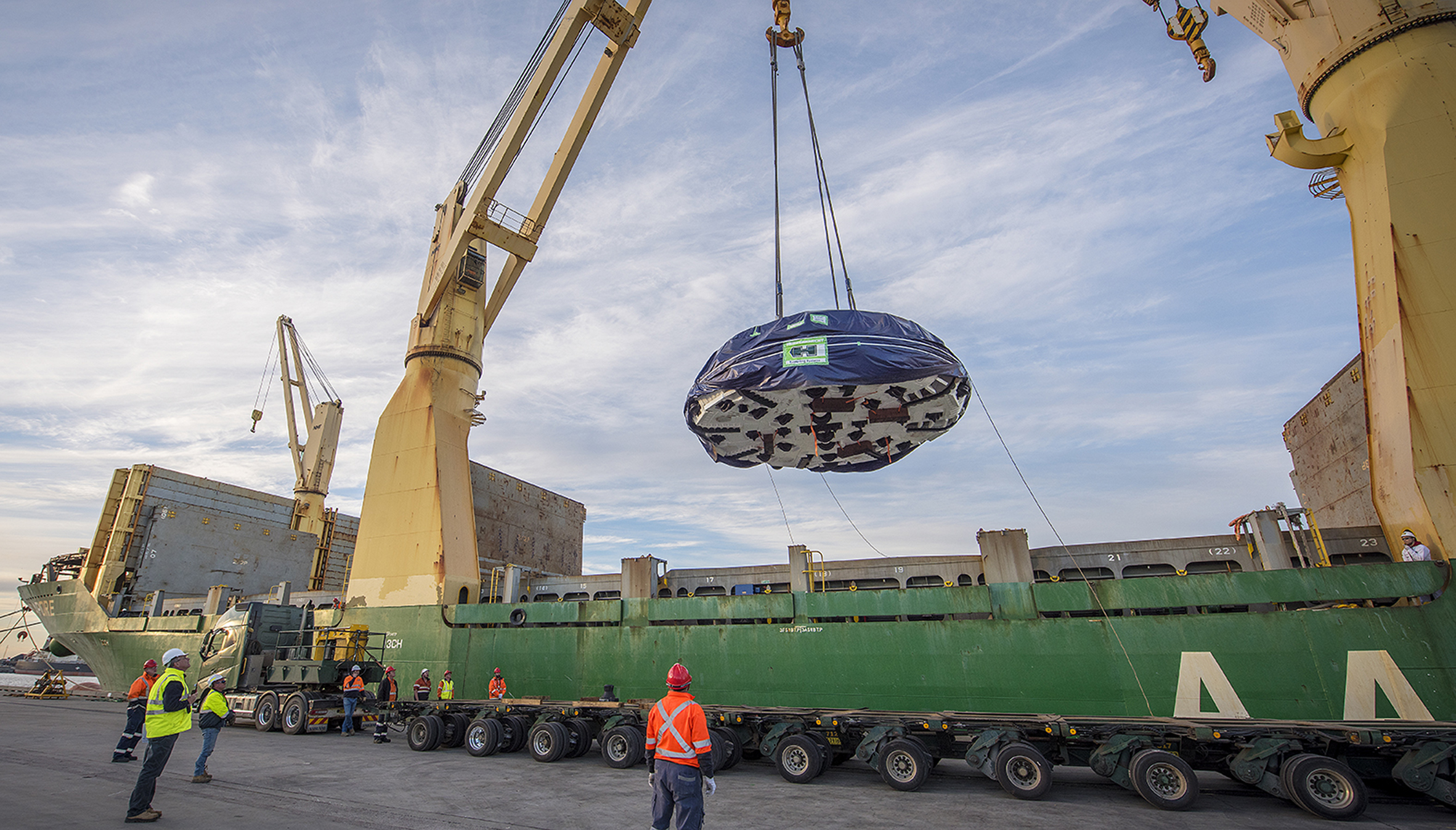
Port of Newcastle recorded another solid year of trade in 2018 with the Hunter’s construction boom and business investment helping drive growth in related cargoes.
The port handled 280,000 tonnes of cement in 2018, up almost 11% year-on-year, amid record construction in Newcastle and strong growth in surrounding local government areas.
Bulk fuel volumes continued to be strong, finishing the year at 1.77 million tonnes, slightly down from the record high of 1.86 million tonnes in 2017. Overall volumes are up 172% since 2013.
While exports of steel and mineral concentrates (both up 21%) were strong, wheat (down 79%) and meals and grains (down 67%) were significantly lower due to drought conditions across Port of Newcastle’s catchment area, however this was partially offset by coastal imports from Western Australia in these trade types.
Work on the $33 million Newcastle Bulk Terminal upgrade is well-advanced and due for completion in 2020. A four-year project to construct the new Mayfield 7 berth to allow larger vessels also recently reached a significant milestone with the first LR1 class tanker welcomed to Stolthaven’s fuel terminal earlier this month.
Bulk liquids and dry bulk commodities – such as cement, mineral concentrates, alumina and magnetite – are expected to continue growing given the port’s investment program.
Calendar year 2018 was also significant for project cargo, with a number of major project equipment and machinery shipments.
The project cargo includes some of Australia’s largest wind turbines for wind farm developments across NSW and tunnel boring machinery for the Sydney North-West Metro rail project.
Newcastle is the only port on Australia’s east coast with direct berth to rail line connections, which enabled significant deliveries of rolling stock for new passenger and freight trains being introduced across Sydney, Newcastle and regional NSW.
Coal exports continued to be the major contributor to the port’s trade volumes, dipping to 158 million tonnes in line with demand trends for Australian coal in international markets.
